Giant blobs of seaweed are hitting Florida. That’s when the real problem begins – NPR
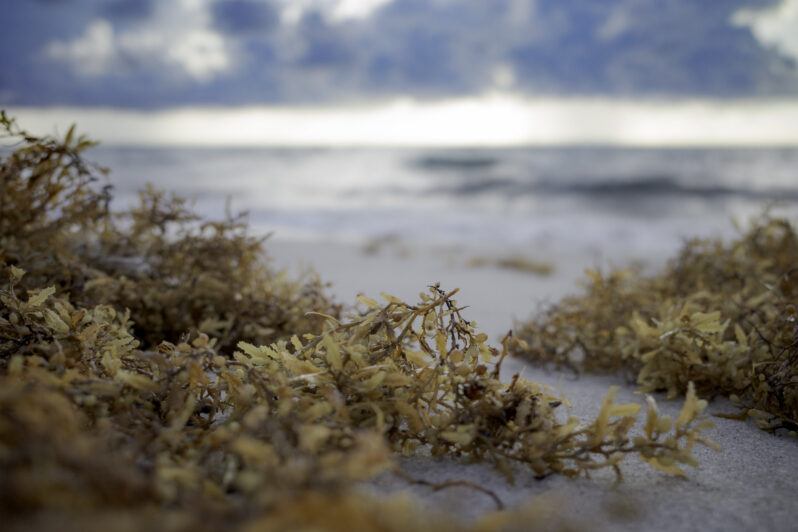
It used to be that the conversation around subtropical marine life centered on declines: the death of coral beds, the diminishing variety of seagrasses, the disappearance of fish. But for now, it’s an overabundance that’s hard to miss. From Montego to Miami, an influx of algae called sargassum is leaving stinky brown carpets over what was once prime tourist sand. It’s the most sargassum researchers have tracked this early in the year. Deciding what to do with it is proving more challenging the more we learn about it — and inspiring some entrepreneurs to rethink removing sargassum altogether…
The Jury is Out: Has the Supreme Court Just Shredded the Environmental Policymaking Safety Net?

Remember what it was like as a kid when a grownup told you “Because I said so”?
Well, a newly constituted majority of the U.S. Supreme Court has recently flexed its ideological muscle, upending 50 years of precedent guiding its decisions, and basically told us “Because I said so.”
This quiet revolution by an activist majority, deciding cases based on primarily political grounds rather than on the constraints of facts and legal precedent, will have grave impact on environmental policymaking – as well civil rights, healthcare, safety, education, elections, technology, finance, and economics…
Yet Another Problem With Recycling: It Spews Microplastics – Wired Magazine
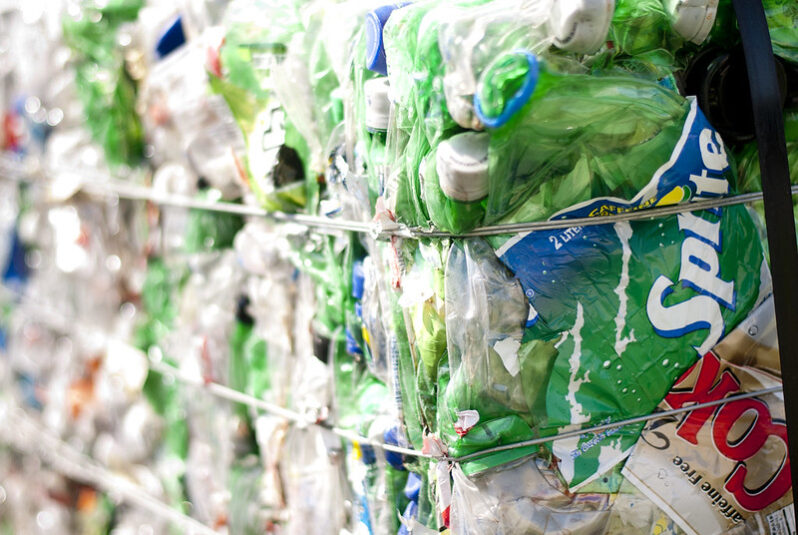
An alarming new study has found that even when plastic makes it to a recycling center, it can still end up splintering into smaller bits that contaminate the air and water. This pilot study focused on a single new facility where plastics are sorted, shredded, and melted down into pellets. Along the way, the plastic is washed several times, sloughing off microplastic particles—fragments smaller than 5 millimeters—into the plant’s wastewater…
The ‘Ike Dike’ is the Army Corps of Engineers’ largest project ever. It may not be big enough – Grist Magazine

In September 2008, Hurricane Ike made landfall near Galveston, Texas, as a Category 4 storm with around 20 feet of storm surge…In the aftermath of the storm, Texas officials searched for a way to protect Houston from similar events in the future, and they soon settled on an ambitious project that came to be known as the “Ike Dike” …
One-third of India’s coastline is vulnerable to erosion, impacting coastal communities – The New In
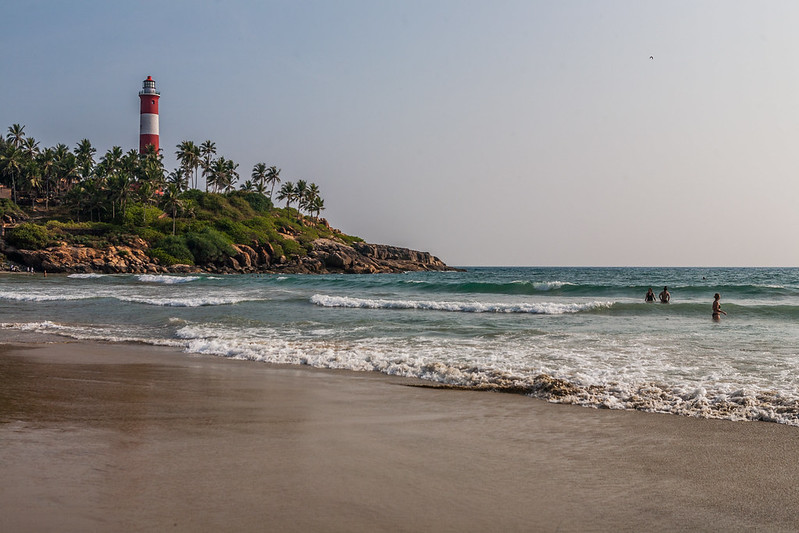
The Centre has observed that 33.6 per cent of the Indian coastline was vulnerable to erosion, 26.9 per cent was under accretion (growing), and 39.6 per cent was in a stable state.
One-third of India’s coastline is vulnerable to erosion, impacting coastal communities residing in erosion-prone areas, including fishermen communities…
Increasing Rate of Warming of Oceans + Earth . . .
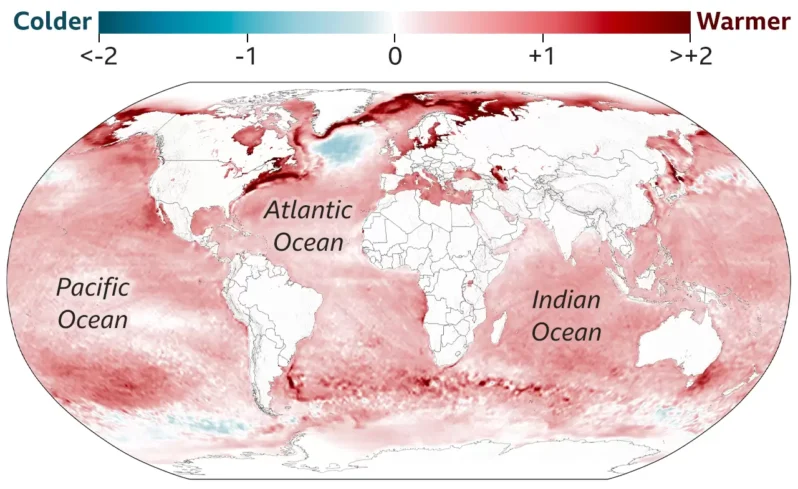
A troubling study appeared last week indicating that over the past 15 years the Earth absorbed as much heat as it had during the prior 45 years, and most of that excess energy went into warming the ocean…
How do you tackle microplastics? Start with your washing machine – the Grist

Simple filters could help remove microfiber pollution from your laundry. But experts say a broader portfolio of solutions is needed to address the problem.
As environmental challenges go, microfiber pollution has come from practically out of nowhere. It was only a decade or so ago that scientists first suspected our clothing, increasingly made of synthetic materials like polyester and nylon, might be major contributors to the global plastic problem…
Surprising Creatures Lurk in the Great Pacific Garbage Patch – Scientific American
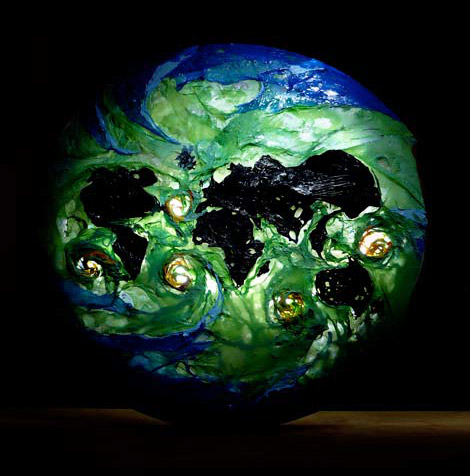
Scientists have long known that critters such as worms, crustaceans and mollusks could make their home on plastic debris. Animals have even crossed the Pacific Ocean on these makeshift rafts after a devastating tsunami struck Japan in 2011. But new research published on April 17 in the journal Nature Ecology & Evolution adds two details that could be concerning for existing ecosystems. First, it finds that plastic is providing a home for coastal species to thrive in the open ocean thousands of miles from shore. Second, some of these species are reproducing despite the alien environment…
Seas have drastically risen along southern U.S. coast in past decade – the Washington Post
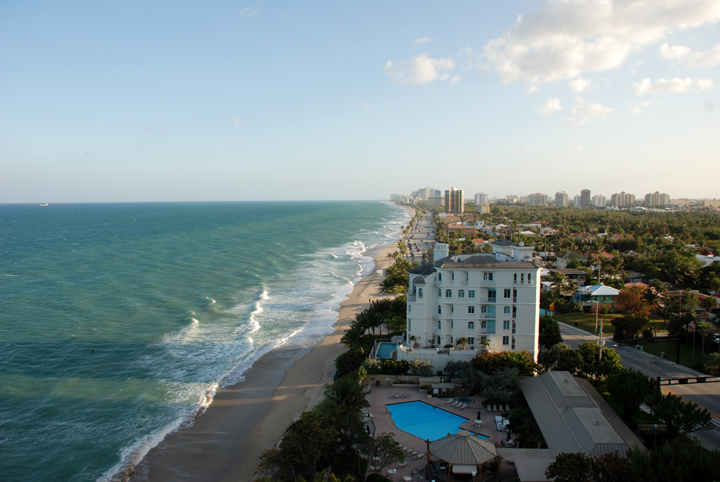
Multiple new studies highlight a rate of sea level rise that is ‘unprecedented in at least 120 years’ along the Gulf of Mexico and southeastern U.S. coast.
Scientists have documented an abnormal and dramatic surge in sea levels along the U.S. gulf and southeastern coastlines since about 2010, raising new questions about whether New Orleans, Miami, Houston and other coastal communities might be even more at risk from rising seas than once predicted…
